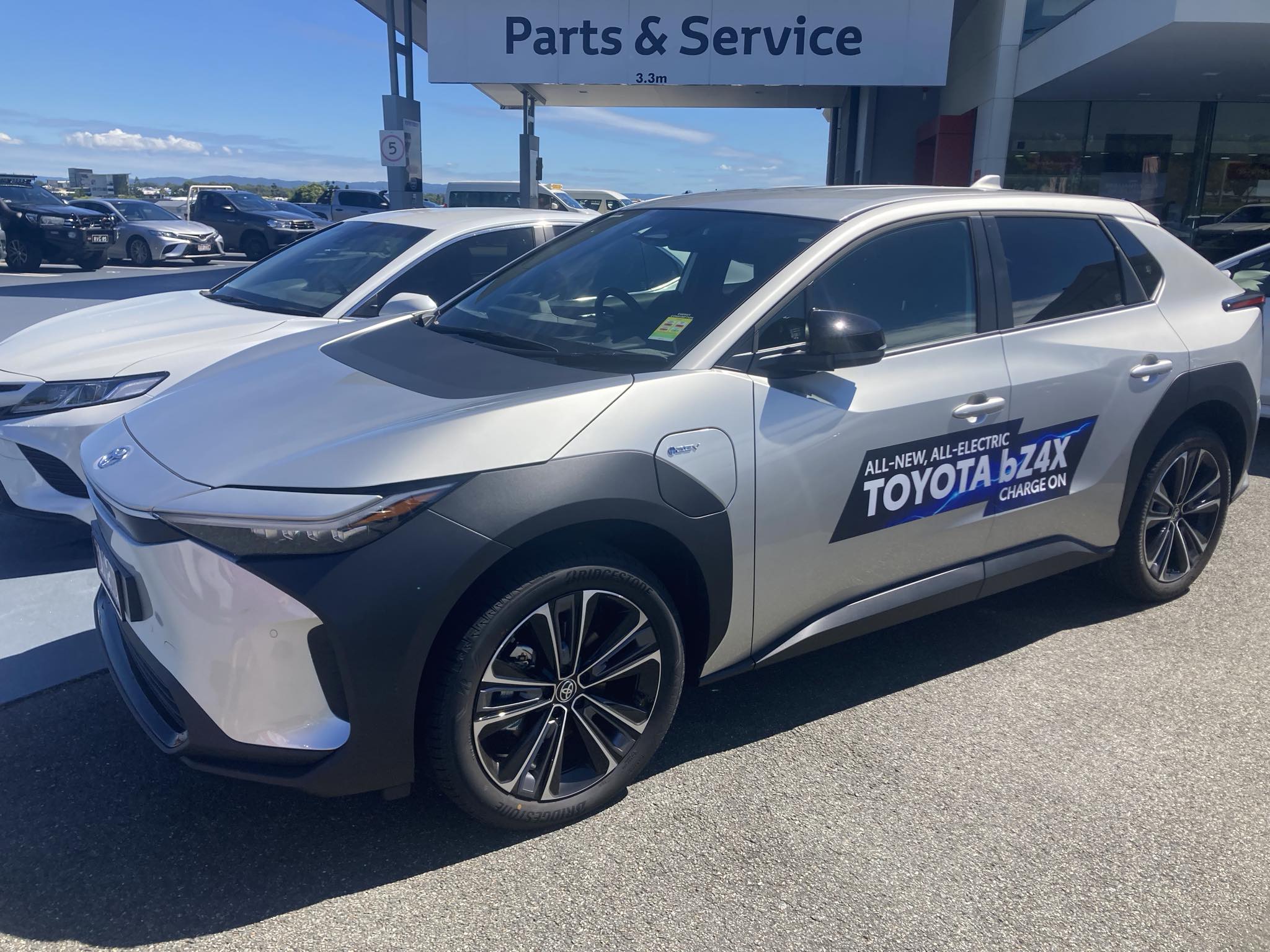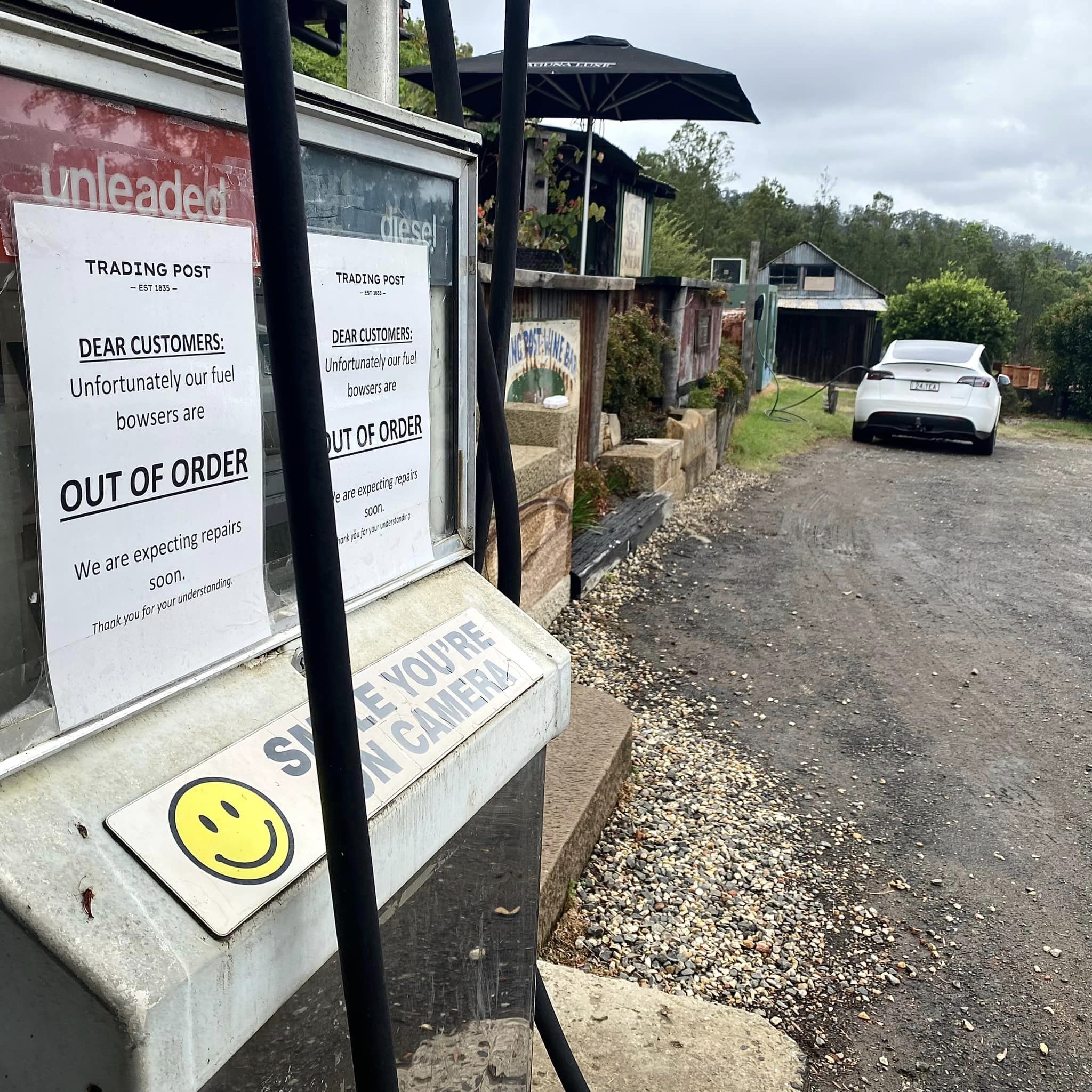2024 Year of the Electric Ute? Australia March Sales Update
Will 2024 be the year of the electric ute in Australia? 2022 was the year of the electric SUV — with the launch of the Tesla Y, the BYD Atto 3, and the refreshed MG ZS EV. 2023 was the year of the affordable car, with the release of the BYD Seal and Dolphin, the launch of the MG4, and the somewhat underwhelming launch of the GWM ORA (Cat). Filling each of these niches has raised the penetration rate of electric vehicles in Australia by a couple of points. Good-value, quality utes should fill one of the biggest demand areas and lead to even greater numbers of EVs on Australian roads.
Tradies (and others) are being promised the JAC T9, the LDV Maxus GST, the Geely RADAR RD6, a Ssangyong (KGM) , converted Ford F-150 Lightnings from Advanced Manufacturing Queensland, and a PHEV ute from BYD. All of these are expected to arrive in Australia this year. For next year, Ford is advertising its Ranger as a plug-in hybrid to be sold in Australian markets. An Isuzu D Max BEV and Kia Tasman EV ute will be here within 24 months. On the horizon: Toyota is trialling an “urban” ute prototype and Great Wall expects to have a BEV ute available for the Australian market. So, I expect that 2024 will be the year of the electric ute.
Let’s get to the hard data: 10,548 BEVs were sold in Australia in March – that’s a 9.6% penetration rate. Add to that the 1,412 PHEVs sold and we have a total of 10.9% of vehicles sales coming from plug-in vehicles in March 2024 in Australia. It is worth noting that PHEV sales have increased by 148% in the last month. All this in a rising auto market — 109,647 vehicles were delivered into the market, a slight but noticeable improvement on last month’s figures.
Tesla is the #6 best selling brand overall in the country, with the Tesla Model Y being the highest selling EV (4,379). The Ford Ranger ute took the gold, with silver going to the RAV4. The Tesla Model Y received the bronze in the overall market, beating out the Toyota Hilux and the Mitsubishi Outlander. Three of the top 5 vehicles are utes — this is a market share ripe for disruption.
Top selling BEVs in Australia in March 2024:
- Tesla Model Y (4379) — year to date 6835
- Tesla Model 3 (1638) — year to date 5954
- BYD Atto 3 (1044) — year to date 2211
- BYD Seal (365) — year to date 1573
- MG4 (352) — year to date 1335
- BMW i4 (236) — year to date – over 364
- BYD Dolphin (213) — year to date 688
- Kia EV6 (198) — year to date 589
- Volvo XC recharge (135) — year to date 444
- Mercedes Benz EQE (124)

12 months ago, the Polestar 2 used to regularly feature in the top 5. In March, only 84 units were sold. Meanwhile, despite being Australia’s most affordable EV, having lowered prices to attract customers, the GWM Ora only got 96 sales. In response, Great Wall has reduced the price by another 10%. This makes the ORA cheaper than a Corolla. Australia’s FCAI is still speaking out against the introduction of fuel efficiency standards. As a protest, both Polestar and Tesla have quit the body. This may make it more difficult to access sales figures in the future. In addition to the above, 295 MG ZS EVs were sold in the first quarter 2024.
Almost making the top 10 this month was the Toyota BZ4X. 103 were sold in March, making the year-to-date total 311. Although the reaction from EV fans and some reviewers has been subdued at best and negative at worst, we took the car for a test drive and felt it was a solid offering, albeit overpriced. The salesman surprised us by his depth of knowledge and experience also. He told us they were getting dozens of enquiries a week about the BZ4X.

Toyota has certainly put its money where its mouth is by providing demonstrator models at all dealers and having chargers installed. Toyota has also launched a national ad campaign on free-to-air TV telling the narrative of “Barry” an archetypal Aussie who now “believes” in electric vehicles. What has changed his mind: “It’s a Toyota!” You can watch the ad here.
As many of my correspondents have noted: “People will buy it, just because it is a Toyota!” That’s OK by me — so long as they are driving electric. Stay tuned for (hopefully) positive sales numbers. Just to put this in perspective, Toyota is still emphasising hybrids and claiming that EVs are for short trips only. Does Toyota believe? Probably not yet.

Some amusing stories have surfaced on Facebook of people in Australia’s more remote places finding it easier to charge an electric car than to find petrol. From Peter Mc Burney. “Oh no! No petrol available for my Tesla at Laguna Trading Post. (Hunter Valley NSW) BOTH the petrol bowsers out of order!!! SO unreliable… I’m starting to think these new energy vehicles will never catch on…Where’s my horse-drawn carriage? But wait! Look at that … there’s a Tesla Type 2 Charger out here … and it’s free! I guess I’ll just have to use electrons…. Ruined Monday with some non-EV mates on a 315km local Sydney mostly backroads trip in our Model Y P.”

It was thought that the take-up for EVs in Australia would mainly be in green, left-leaning inner suburbs. But just as many suburbanites are adopting EVs as a way to manage the cost of commuting to work. Canberra, capital of Australia, now has an EV penetration rate of over 20% and leads the nation. But people are still responding that EVs are just a gimmick. BYD is rapidly increasing its presence in Australia and getting a positive response in the press — of course mainstream media continues to bash Tesla at every opportunity.
One correspondent writes: “I was at BYD Dandenong [Victoria] on Saturday, my daughter bought an Atto 3. The sales team says that they are selling 40 Seals per week out of Dandenong. They could sell more if they could get more cars. Just not enough cars coming to Australia. The Atto 3 is still more popular than the Seal, especially with the $2023 cash back deal that have on at the moment. … There were a lot of customers, potential customers checking out cars.”
The Queensland government is converting their fleet to electric. At lunch last weekend, a government employee told me that they have 10 electric Konas available in his department. He said that at first the staff were reluctant to use them, but now it is a fight to get an electric rather than drive the petrol cars still available.
Over the first quarter of 2024, Tesla was the highest selling brand in the EV market, with 12,789 units sold; BYD was second with 4,472; and MG’s 1,630 rounded out the podium. Not a close race yet, with lots of daylight between the frontrunners. Toyota may prove to be the dark horse in this race now that it has a credible vehicle to sell.
As the year of the electric ute progresses, we should see a shake-up of the leaderboard in EVs as well as the entire domestic car market. As usual, this will depend on shipping and supply. Prices are coming down — leading to new FUD (“don’t buy an electric car, they depreciate too fast”). The future is bright, and despite the naysayers, it is electric.
Have a tip for CleanTechnica? Want to advertise? Want to suggest a guest for our CleanTech Talk podcast? Contact us here.
Latest CleanTechnica.TV Video

CleanTechnica uses affiliate links. See our policy here.

